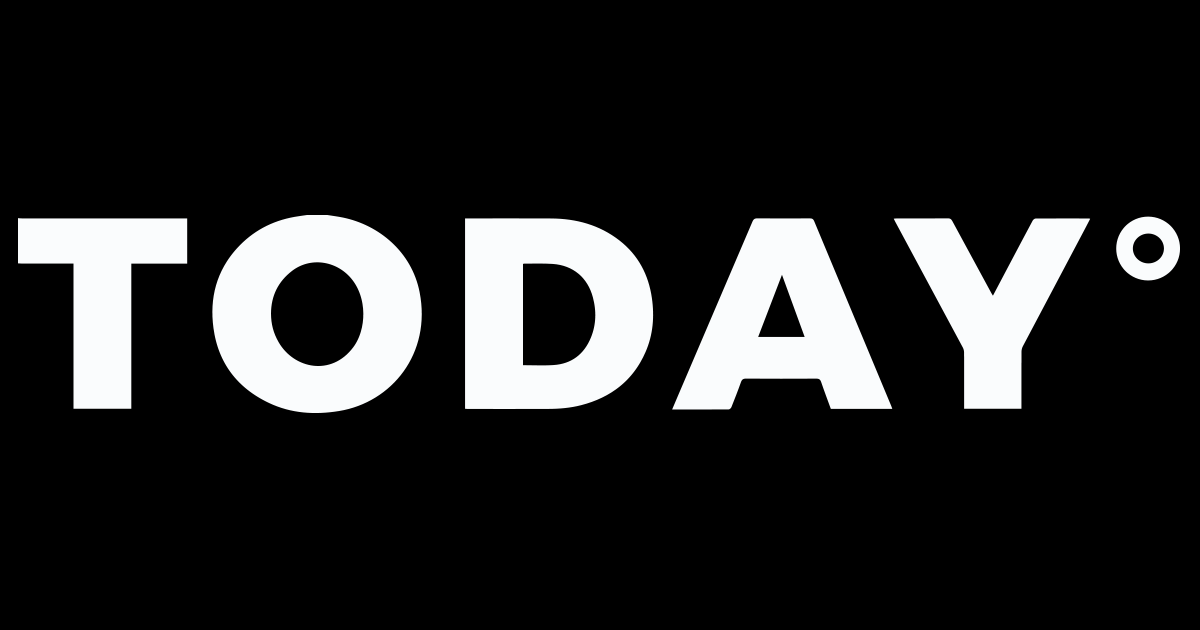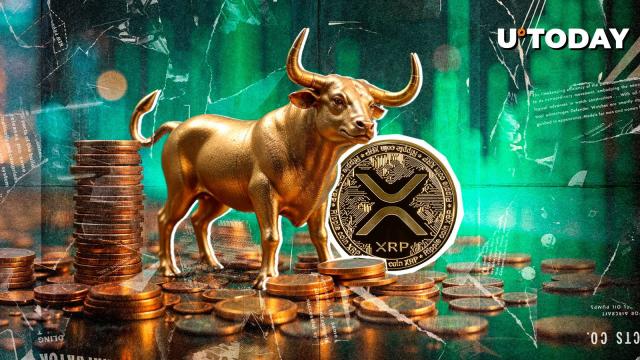Over the past 15 months, the liquidity landscape of DeFi has been reshaped across different chains, with projects driven by hype gradually exiting the stage, and liquidity quietly concentrating in areas with strong fundamentals rather than market speculation.
Core Insights
After DEX trading volume hit a historical high of $38 billion in January 2025, it subsequently dropped by 35% in the following two months, suggesting a potential short-term peak in January. Currently, the top ten DEXs account for nearly 80% of total trading volume, with Uniswap and PancakeSwap alone capturing about 40% of the market share. DEXs based on Solana have quietly dominated the rankings, occupying 5 spots in the top 10, with their market share growth primarily driven by meme coin trading volume. Hyperliquid has completely transformed the perpetual contract landscape, rising from an industry newcomer to capturing over 60% market share by March 2025.
All insights in this article are based on publicly available data. Special thanks to defillama for consistently providing high-quality statistical data.
Cycles Defined by Surges and Slowdowns
In early 2024, DEX trading volume was strong in March and May, gradually slowing down before mid-year.
The situation dramatically changed in the fourth quarter, with trading volume surging in November and December, continuing into January 2025 and reaching an explosive peak of $38 billion.
However, this rebound was short-lived. By February, market trading volume had plummeted to $24.5 billion, a cliff-like 35% drop that ended the three-month vertical surge. This pullback set the tone for a more cautious second quarter.

DEX Dominance: Top Protocols Hold the Power
The DEX market landscape remains highly concentrated. Currently, the top ten protocols account for 79.5% of daily trading volume, with the top five alone capturing 59.1%.
Uniswap and PancakeSwap account for about 40% of DEX trading volume, being the only two platforms to date that have accumulated over $1 trillion in total trading volume. Their leading position stems from first-mover advantage, broad multi-chain ecosystem support, and deep liquidity.
Uniswap Labs has also launched Unichain, an Ethereum Layer 2 network built on the Optimism Superchain. The chain aims to enable fast, low-cost transactions through native multi-chain interoperability.

Solana's Quiet Rise
Notably, Solana's position in the DEX field has become increasingly prominent. Currently, five of the top ten DEXs, including Orca, Meteora, Raydium, Lifinity, and Pump.fun, are natively developed on Solana.
Orca (8.02%) and Meteora (6.70%) alone account for about 15% of global decentralized trading platform activity. This growth stems from low gas fees, fast block times, and the Solana meme coin craze. Pump.fun's rise to the top ten is clear evidence of this heat.

Emerging Protocols: Fluid and Aerodrome
Fluid (7.09%) is the most capital-efficient platform among the top five DEXs. The protocol is active on Ethereum, with monthly settlements exceeding $1 billion. Its performance on the Arbitrum ecosystem is particularly impressive: trading volume surged from $426 million in February to $1.6 billion in March, demonstrating adoption speed far above the industry average.
Aerodrome, as a native project on Base, shows the continued growth of liquidity on Base L2. Although Hyperliquid does not rank high in spot markets, it dominates the perpetual contract market with a market share exceeding 60%.

DEX Market Share Across Chains: Easy to Grow, Hard to Retain
The past 15 months clearly demonstrate that while most blockchain projects can attract attention, only a few can sustain it. From January 2024 to March 2025, the market share of decentralized trading platforms changed rapidly, with very few projects truly exhibiting user stickiness.

Solana made the biggest breakthrough. Steadily climbing in 2024 and driven by the TRUMP and MELANIA meme coin craze, it reached a peak market share of 45.8% in January 2025. By March, its market share was halved to 21.5%, but it still leads with an average share of 25.1%.
· Ethereum was completely opposite. Starting with about 32% share in early 2024, it dropped to 15.3% in January 2025, then rebounded to 26.4% in March. Even as Ethereum lost growth momentum, its ecosystem resilience remains.
· Base is arguably the most steady pursuer. Growing from 3% in March 2024 to 12.4% in December, falling back to 7.4% in March 2025, maintaining an average share of 6.6%. No hype, just slow but sticky growth.
· BNB Chain maintained a stable 14.7% average share. Neither surging nor plummeting, consistently maintaining stable retail fund flow.
· Arbitrum started strong (16% share) but lost momentum, sliding to 4.8% by January 2025, overtaken by both Base and Solana.
· Blast peaked at 42.3% market share in June 2024 and disappeared the next month. A clear case of incentive-driven trading volume with zero user retention.
In summary: DEX dominance across chains is highly volatile. Solana once emerged suddenly, Ethereum achieved value recovery, Base gradually expanded its ecosystem, and market hype cycles showed dramatic ups and downs. The ultimately dominant chain is not the loudest, but the network with the highest actual usage.

Centralized Exchanges Still Dominate Spot Trading
Despite the explosive growth of DEXs in early 2025, centralized exchanges still dominate the spot market. Even in January, when DEX trading volume peaked, CEXs still accounted for nearly 80% of total trading volume.
Although the dominance of centralized exchanges dropped from 90% in early 2024 to a low of 79%, the broader trend is clear: while DEXs continue to grow, CEXs remain the default choice for most traders.

Perpetual Protocol Market Share
The landscape of on-chain perpetual contracts underwent a fundamental transformation in 2024.
After dYdX had firmly held the top spot in perpetual contract trading for over two years, Hyperliquid emerged out of nowhere, redefining market dominance. The platform first topped the charts in February but was briefly overtaken by SynFutures mid-year. After reclaiming the top position in August, it pulled far ahead. As of March 2025, Hyperliquid has captured nearly 59% of total perpetual contract trading volume, thoroughly establishing itself as the preferred platform for professional traders.
This rising momentum has attracted significant market attention, with its product experience being closer to centralized exchanges than any previous decentralized trading platform. In comparison, dYdX's market share has rapidly declined. From occupying 13.2% of the market share in early 2024, it has plummeted to just 2.7% by March 2025, with users turning to faster, more streamlined, and more modern alternative platforms.
Jupiter's perpetual contracts took a different approach, leveraging Solana's native liquidity and its spot DEX's traffic diversion, rising to second place with an 8.8% market share. Although it rose quickly, its momentum was insufficient, ultimately falling behind Hyperliquid. Other projects like SynFutures, Vertex Protocol, and Paradex also briefly emerged.

Perpetual Contract Chain: Execution Layer Undergoes Reconstruction in One Cycle
The biggest transformation in the perpetual contract infrastructure over the past year was not about which protocols users prefer, but which chains they trust to execute transactions.
By March 2025, the perpetual contract trading volume share of Ethereum and Arbitrum had plummeted to 11.8%, in stark contrast to their combined market dominance of over 65% in January 2024. Newer, faster execution layers had now comprehensively taken the lead.

The core driving force behind this transformation was Hyperliquid's self-developed blockchain. During the same period, it dramatically increased its market share from 13.6% to 58.9%, replacing various Layer1 and Layer2 solutions that once defined industry standards in less than a year, becoming the default execution environment for perpetual contract trading. Its advantages are not only reflected in faster transaction speeds but, more importantly, in providing the reliability and low latency that professional traders demand.
Solana also experienced a strong surge, driven by Jupiter and Phoenix projects at the end of 2024, with its market share rising to nearly 16%. However, it ultimately stabilized in the 10-11% range, unable to sustain its breakthrough growth momentum. While the Base and ZKsync ecosystems showed vitality (with peak market shares of 6-7%), they never broke into the top-tier public chain ranks.
Meanwhile, Blast became a cautionary tale: this fleeting project reached an 18.8% market share in June 2024 but disappeared just as quickly. In a field driven by product quality and user retention, pure hype ultimately cannot endure. The new industry execution standard has become clear: performance-centric public chains have redefined the competitive benchmark, and traditional infrastructure no longer holds a default advantage.

The future of DeFi does not lie in multi-chain expansion but belongs to protocols that can transform industry narratives into user habits.
Welcome to join BlockBeats official community:
Telegram Subscription Group: https://t.me/theblockbeats
Telegram Discussion Group: https://t.me/BlockBeats_App
Twitter Official Account: https://twitter.com/BlockBeatsAsia







